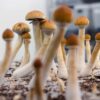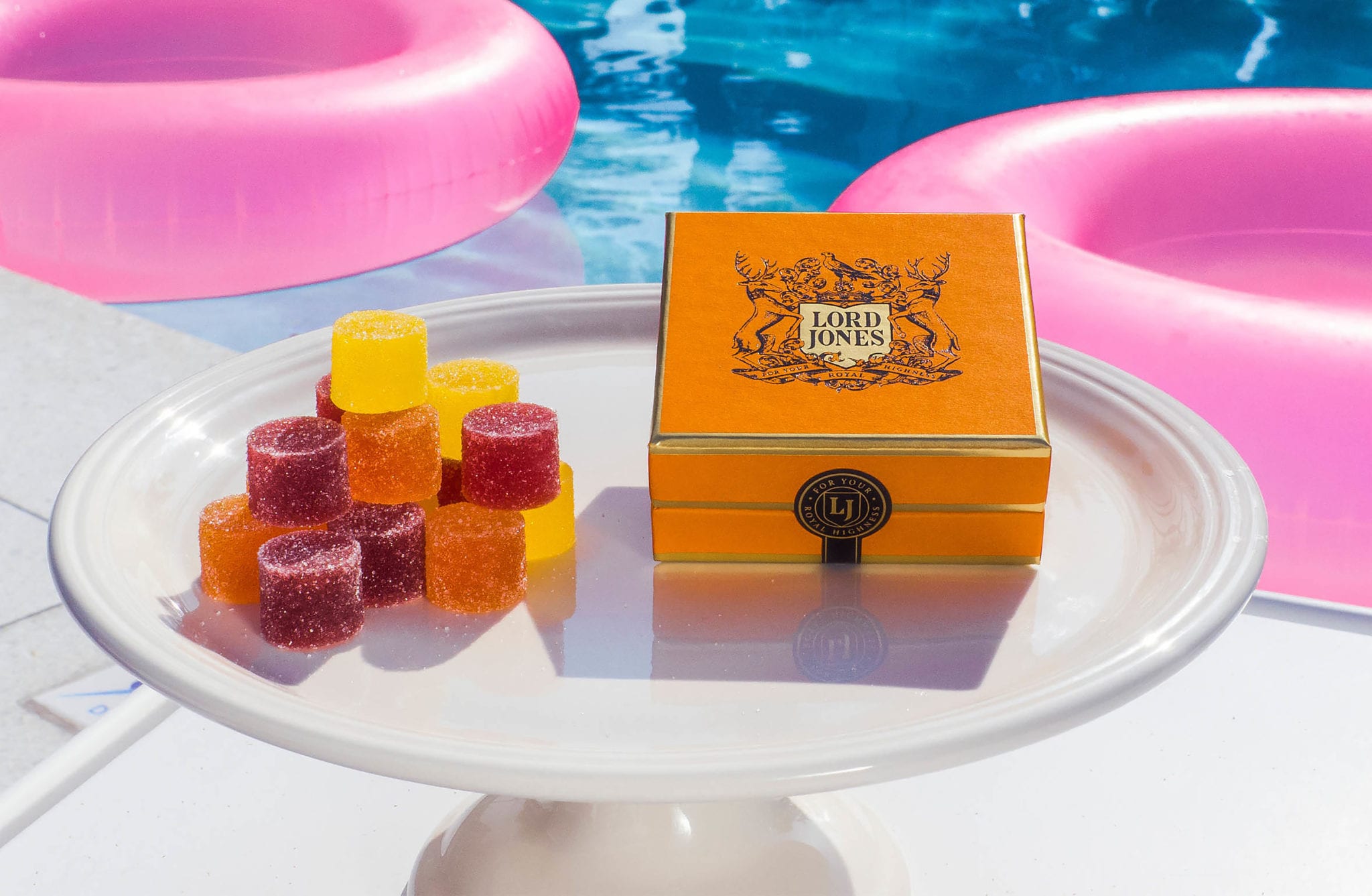Cannabinoids used in cannabis 2.0 products of the future might be developed in something that looks less like a lush greenhouse and more like a high-tech brewery.
That’s because cannabinoids, the psychoactive and non-psychoactive compounds found in cannabis, can be produced completely independently of the plant, using yeast.
Using yeast to develop cannabinoids is a recent scientific discovery, even though humans have been using yeast to create drugs and other products for years, says Trevor Peters, president and CEO of Willow Biosciences Inc. (TSX: WLLW).
The process is known as cellular agriculture, biosynthesis or synthetic biology and uses the natural process of yeast fermentation to produce pharmaceutical-grade cannabinoid compounds.
Biosynthesis is also used to produce: insulin, previously harvested from the thymus gland in pigs; Taxol, a chemotherapy drug harvested from the Pacific yew tree; and Heme, the meat flavour in blood used in vegan burgers to make them taste like beef.

Willow Biosciences CEO Trevor Peters. Submitted photo
“Nature gives us so many wonderful things. But we can’t go and chop forests down and kill millions of pigs to harvest their thymus glands for insulin. So we try to engineer things so we don’t have to have an impact on nature,” Peters says.
Willow Biosciences has been researching how to create biosynthetic cannabinoids for over a year in its labs in Vancouver, B.C., Calgary, AB, and San Francisco, CA. So far the company has developed a way to create six different cannabinoids, and is considering developing a way to make six more, Peters says.
The team combines low-cost foodstock with an optimized yeast strain in a fermentation vessel, which from the outside looks very similar to a container used to make beer in a brewery. After fermentation, the team purifies the compound and is left with the exact same molecule produced by a cannabis plant.
The extraction process, by comparison, harvests an entire 10-foot plant and later throws out 99 per cent of the biomass to access only the molecules found in the flower’s trichomes.

The team at Willow Biosciences’ lab in Mountain View, CA. Submitted photo
“It’s a real challenge when you think about the environmental impact of having to do all this work just to get access to a very small component of the plant — versus our method of manufacturing, where we get relatively small tanks, drop yeast in, yeast propagates and produces the cannabinoids and we’re done,” Peters says.
Making cannabinoids using less water, waste and energy at fraction of the cost
Willow Biosciences calculates that creating cannabinoids biosynthetically uses 99 per cent less energy, 90 per cent less water, creates 10 times less biomass waste and costs around 75–90 per cent less to produce. Biosynthetic cannabinoids don’t require pesticides, fungicides or fertilizer to produce and aren’t at risk of contaminants like heavy metals, often associated with plant-based extraction, Peters said.
“The safety and the consistency of our cannabinoid profile is extremely high,” he said. “We can make a lot of it, and we can make it very consistently and in a very pure form.”
So why aren’t more companies scrapping their production facilities and turning to yeast? Well, it’s an extremely complicated scientific process, Peters said.
Read more: Numinus licensed by Health Canada to extract and research psilocybin

The important parts of the cannabis plant are the terpenes and the cannabinoids found in the trichomes of the cannabis flower, Peters said. When you extract that you take a 10 foot-tall plant and throw out 99 per cent of it for a couple molecules. Creating cannabinoids using yeast creates less waste. Submitted photo
Willow Biosciences’ team has 20 PhD-level scientists, including two from Nobel Prize winning labs, he said. Advancements in science that allows the team to tinker with the yeast cell and turn it into a mini cannabinoid factory were only discovered in the past five-to-seven years too, he added.
The company is currently transitioning from their research phase to production, scaling their operations from 20- to 500-litre tanks.
“And those 500-litre tanks are really representative of even much larger tanks — 10,000- to 50,000-litre tanks — whereby we’ll be able to produce tens of hundreds of kilograms of pure cannabinoids every year,” Peters said.
Willow Biosciences operates under a Health Canada research licence, which allows them to grow a small crop of cannabis plants to study at their B.C. facility. Peters says the team is currently six weeks ahead of their predicted schedule and the team hasn’t experienced any major hiccups — even while the Covid-19 pandemic slowed them down by two or three weeks, he said. They finished scaling up operating in March and will kick off their pilot production in Q3 of 2020, with the first commercial molecules available in the first half of 2021.
Creating cannabinoids for research
Willow Biosciences’ team is focusing on producing cannabinoids for research. They could produce THC for the recreational market if they wanted to, but they’re much more interested in hard to come by compounds, like cannabigerol (CBG), which occurs in tiny quantities in cannabis plants. Some studies suggest CBG has anti-microbial and anti-oxidant properties, Peters said.
“The challenge today is it’s hard for researchers to do the work because they don’t have the product — whereas we can manufacture it for them,” he said. Other cannabinoids could follow the path of cannabidiol (CBD) which was relatively unheard of a couple years ago until researchers discovered its therapeutic benefits, Peters said.
“I think we’re going to see that with other cannabinoids, but those other cannabinoids don’t have a current manufacturing platform, so that’s where we come in.”
When asked if biosynthetic cannabinoids were a threat to the current extraction market, Peters said he thought they were, but not as a replacement.
Cannabis 2.0 products will likely source biosynthetic cannabinoids in the future because their cost, purity level and scalability is more amenable than extraction, he said. Companies making infused edibles and beverages want to work with the highest quality cannabinoids they can because that extends a product’s shelf life, Peters said.
And if you think terpenes are the magic ingredient that sets the real-deal extraction process apart, Peters has bad news for you.
Read more: Why including terpene content on weed packaging is common scents
Regular extraction processes are actually supposed to separate cannabinoids and terpenes, so most vapes and 2.0 products have terpenes added back in, he said. Terpenes occur naturally in many plants besides cannabis, so they’re cheap and easy to come by and can easily be added back in to any product, he said.
Top image of Willow Biosciences lab. Submitted photo
michelle@mugglehead.com
@missmishelle









